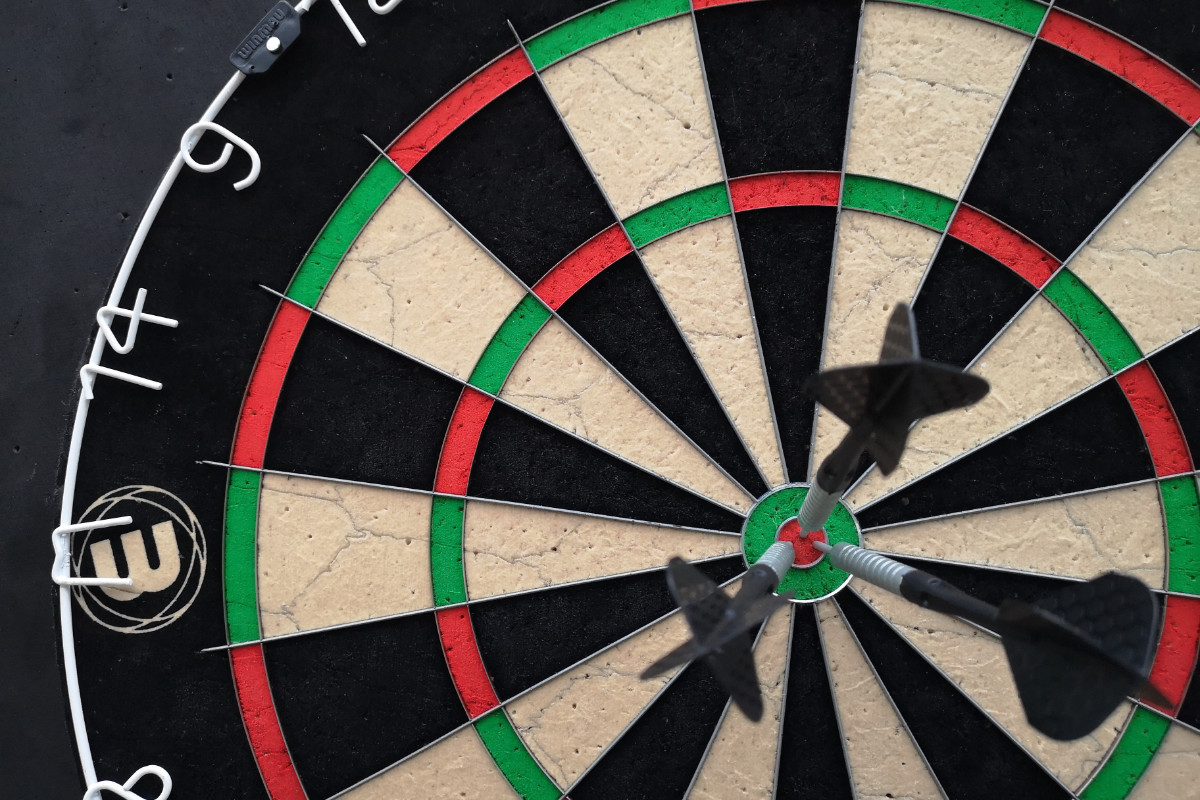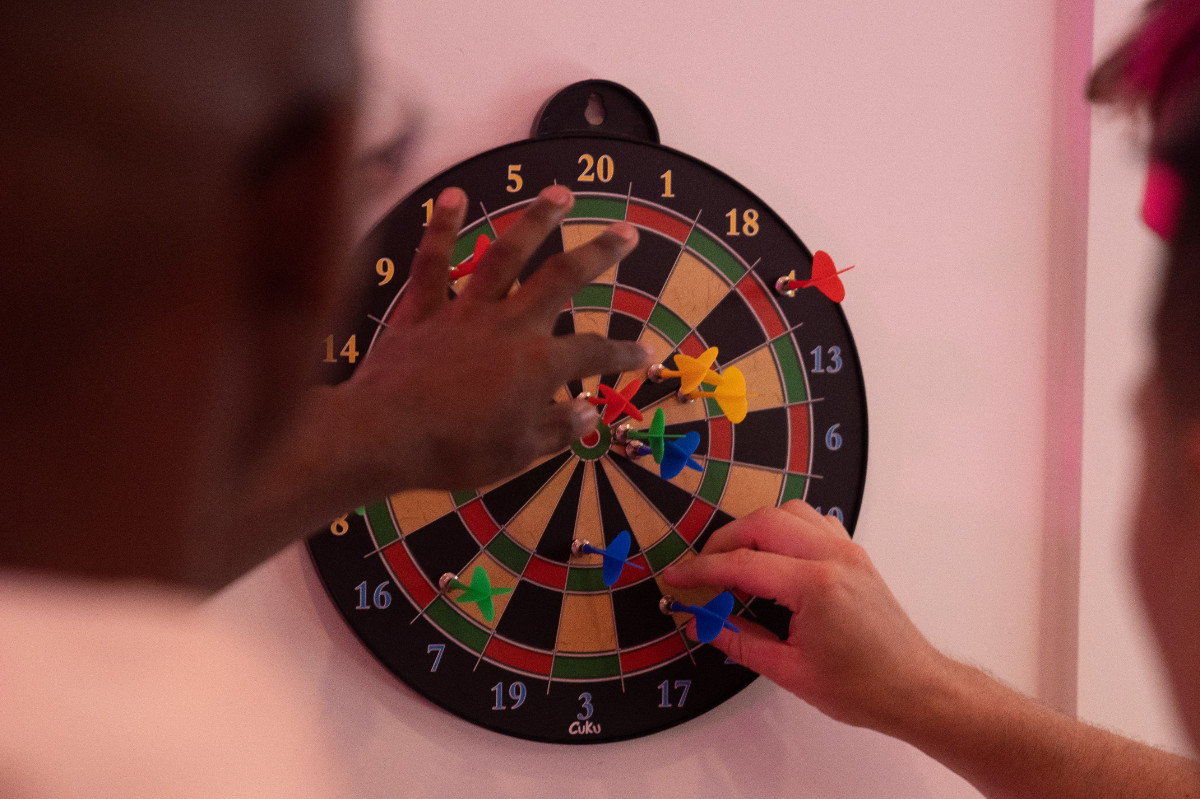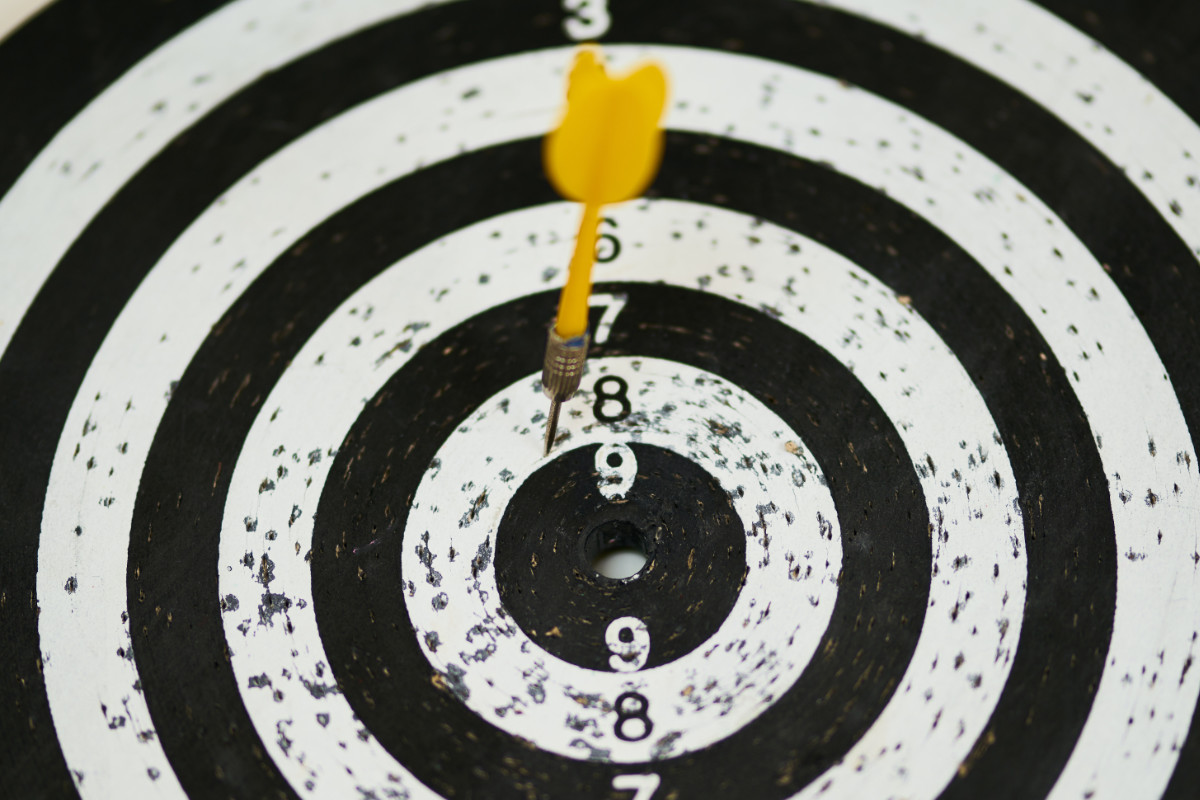The dart board is an iconic symbol of pub games, and its unique numbering system is a crucial aspect that adds to the excitement of the game. But have you ever wondered why the numbers on a dart board are arranged the way they are? In this blog post, we delve into the fascinating history and logic behind the dart board numbering system, shedding light on the reasoning that went into its creation.
A Brief History of Dart Board Numbering
The numbering system we know today was devised by British carpenter Brian Gamlin in 1896. Although other numbering systems existed before Gamlin’s design, his arrangement stood the test of time and eventually became the standard. Gamlin’s system aimed to penalize inconsistent throws and reward skillful players, making the game more challenging and enjoyable.
The Logic Behind the Numbering System
The dart board numbering system is designed to minimize the benefits of random throws while rewarding accurate ones. Here are some key elements of the numbering system’s logic:
- High and low numbers are juxtaposed: The arrangement ensures that high numbers are placed next to low numbers. This means that an inaccurate throw targeting a high number is likely to land in a low-scoring area, emphasizing the importance of precision.
- Prime numbers are well-distributed: Prime numbers like 17, 19, and 23 are spread out across the board, adding an extra layer of challenge for players who prefer targeting these numbers.
- Even and odd numbers are balanced: The dart board maintains a balance between even and odd numbers, preventing any potential bias in gameplay.
How the Numbering System Affects Gameplay
The unique numbering system has a significant impact on the gameplay of darts. The arrangement encourages players to aim for specific high-scoring areas, such as the 20 and 19 segments, to maximize their points. This adds a strategic element to the game, as players need to weigh the risks and rewards of aiming for high-scoring areas against the potential pitfalls of missing their target.
Conclusion
The dart board numbering system is a fascinating example of how thoughtful design can elevate a game’s appeal. The strategic arrangement of numbers rewards skill and precision, making darts a game that truly tests a player’s abilities. Whether you’re a seasoned player or a newcomer to the world of darts, understanding the reasoning behind the dart board’s numbering system adds depth and appreciation for this classic pub game.



